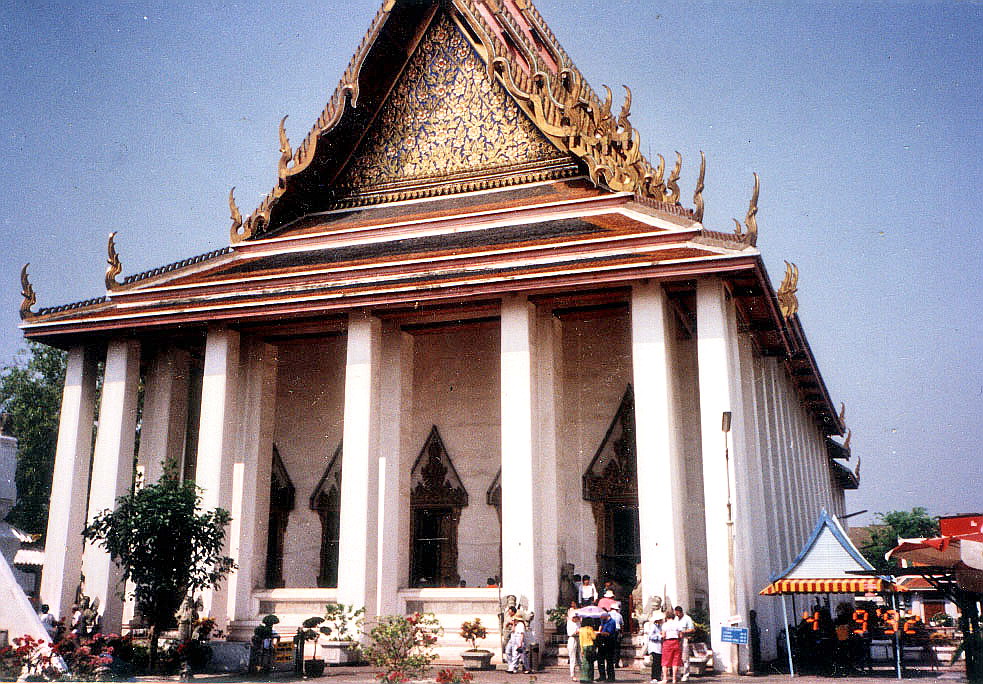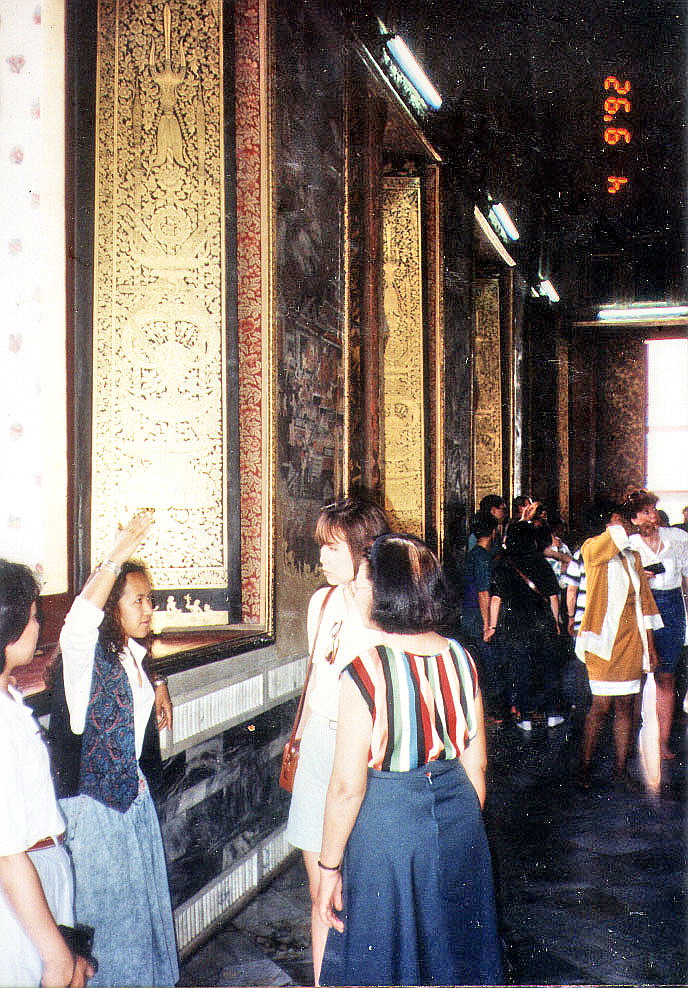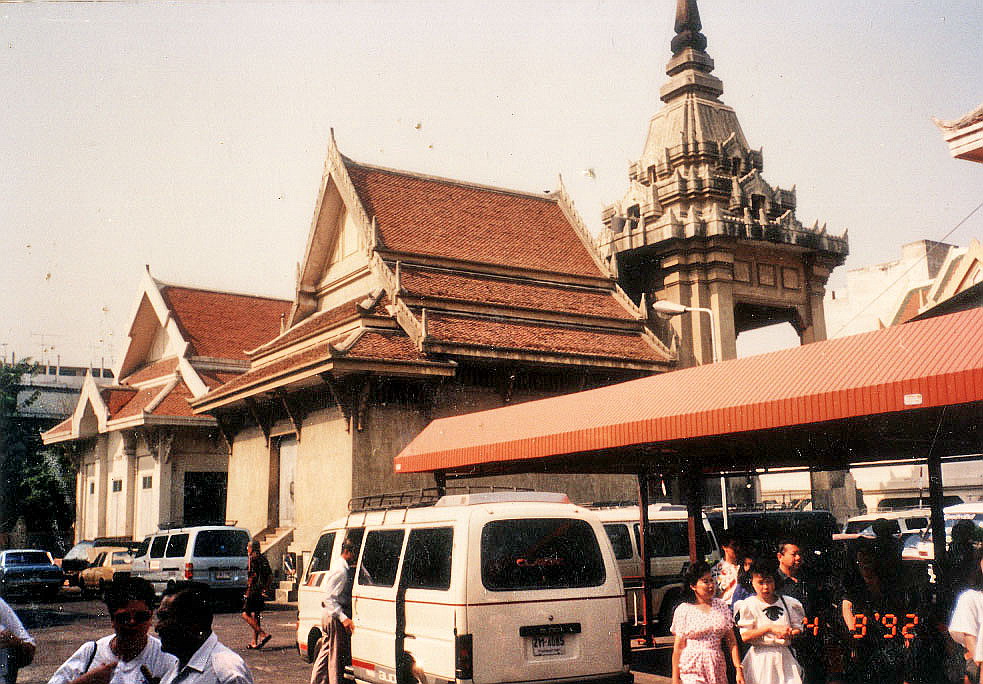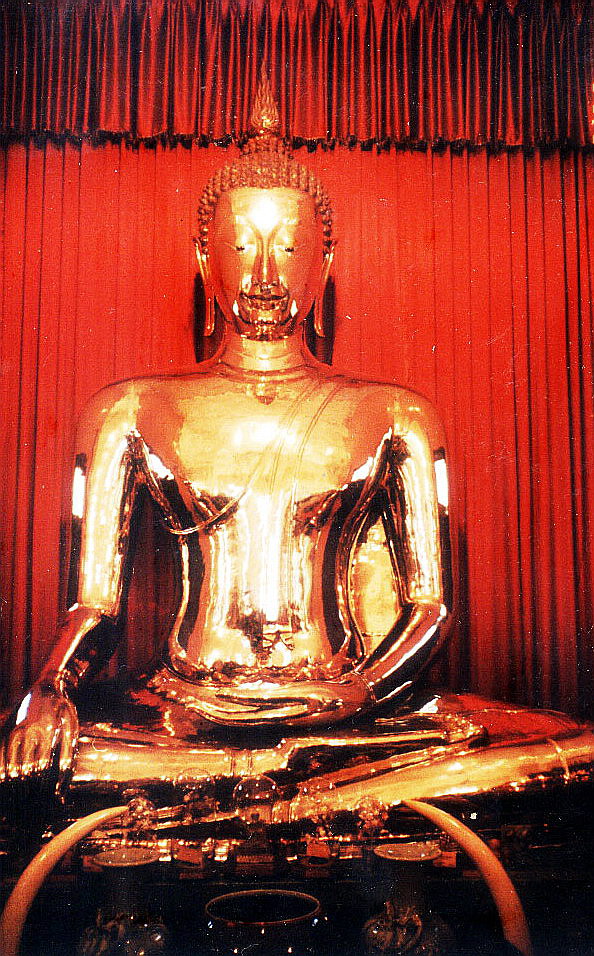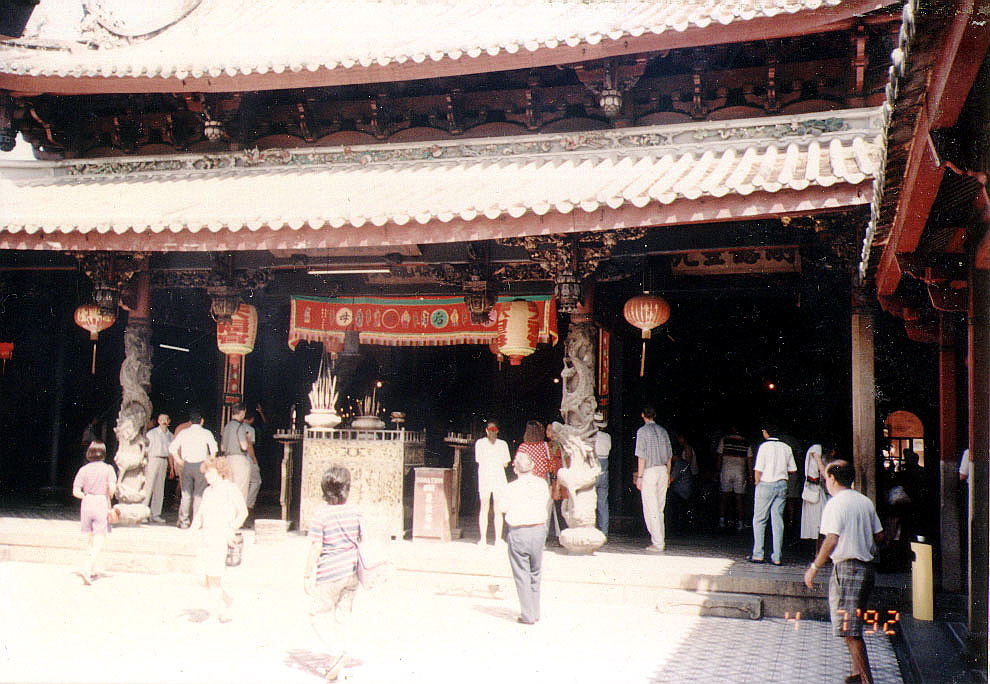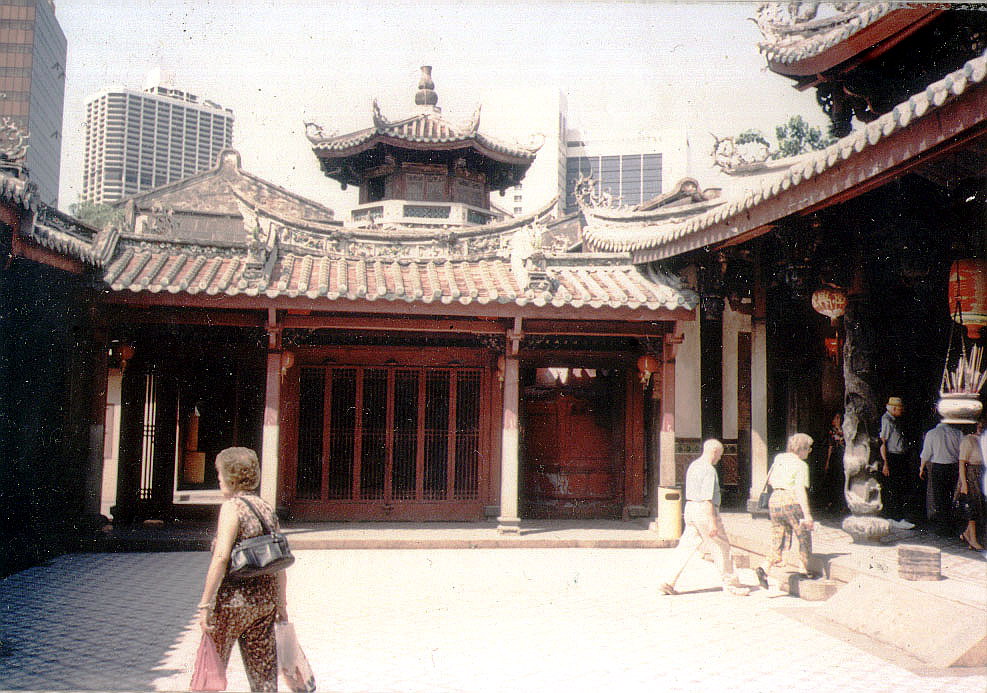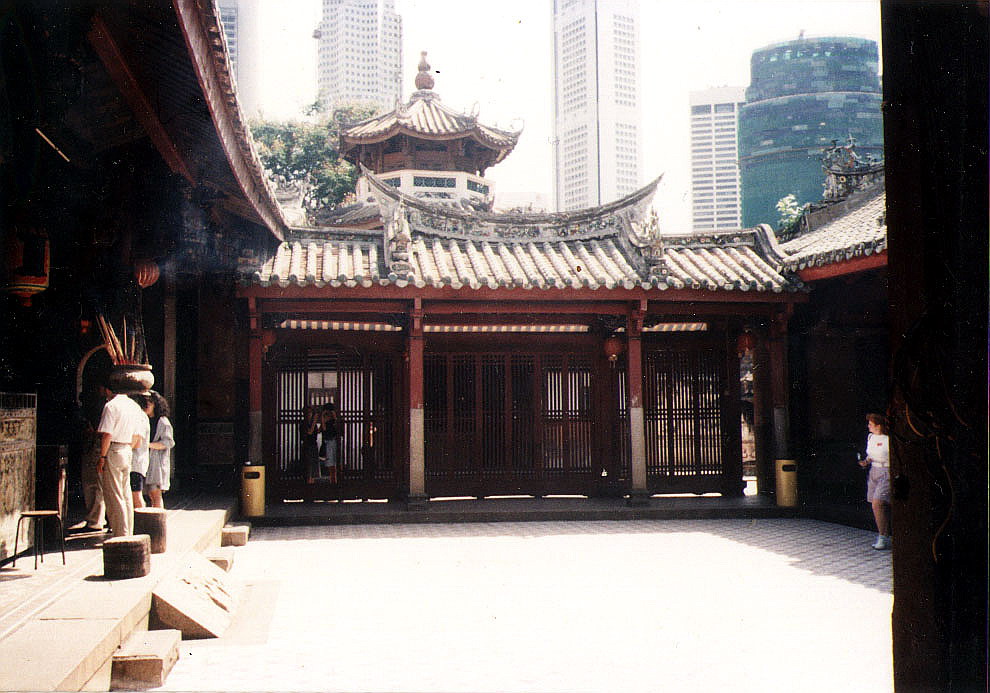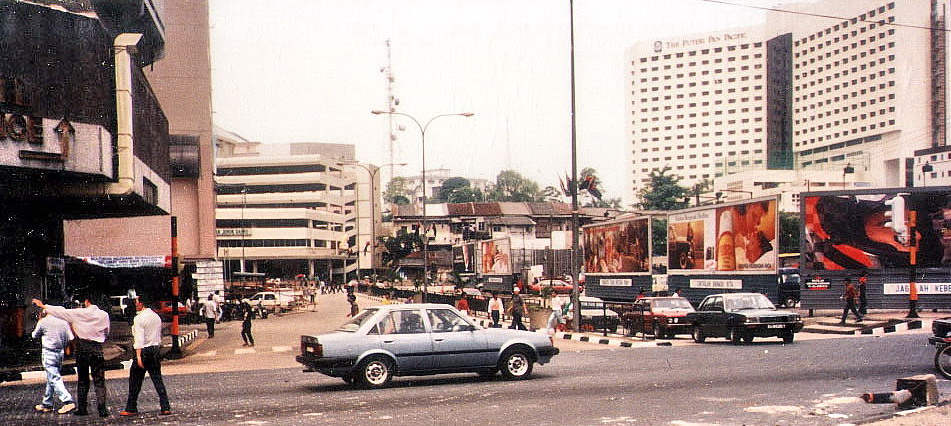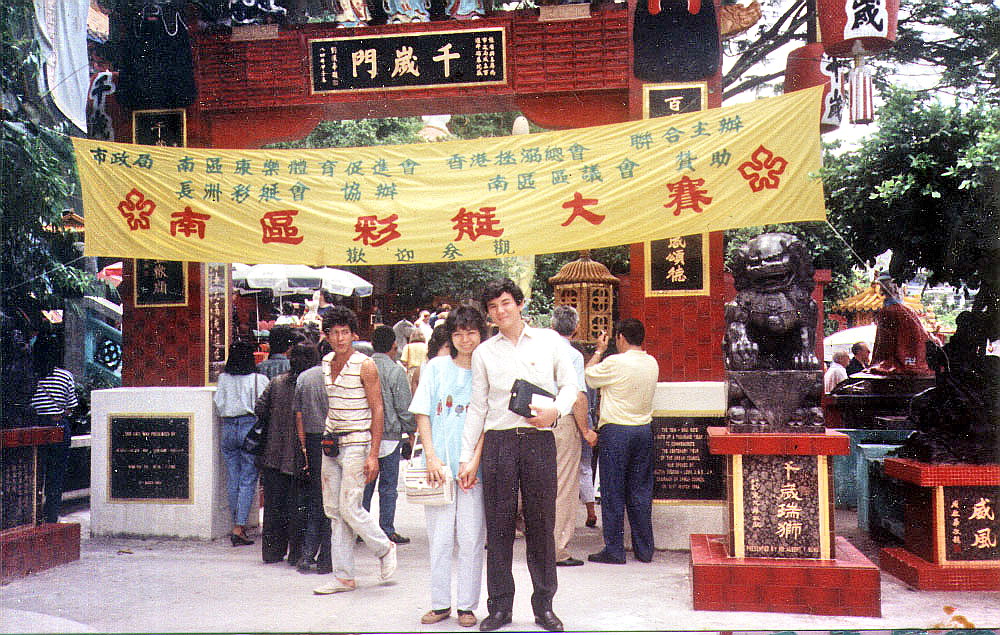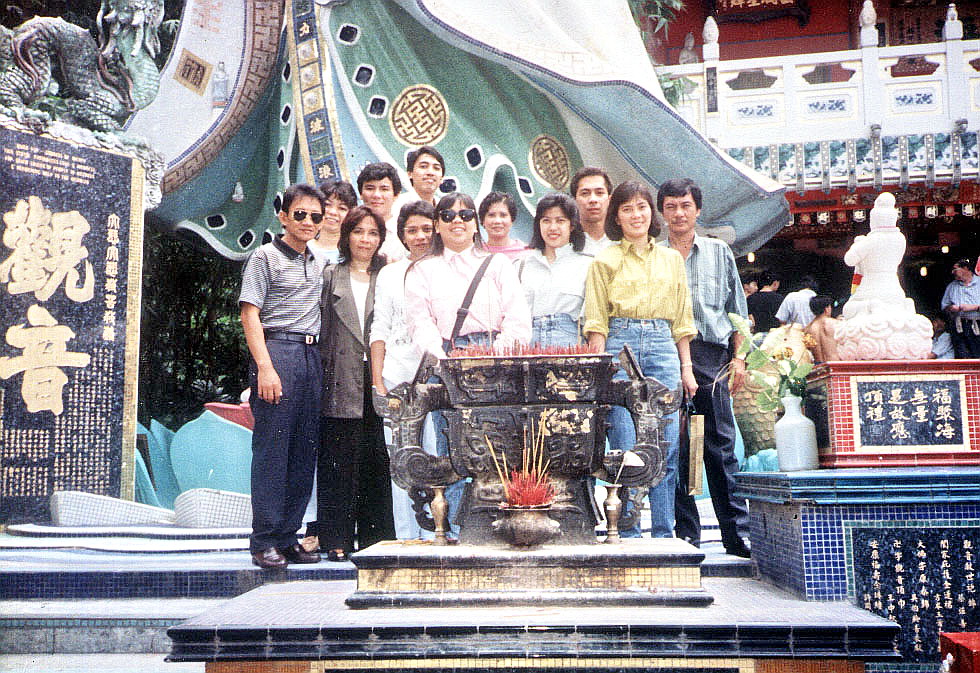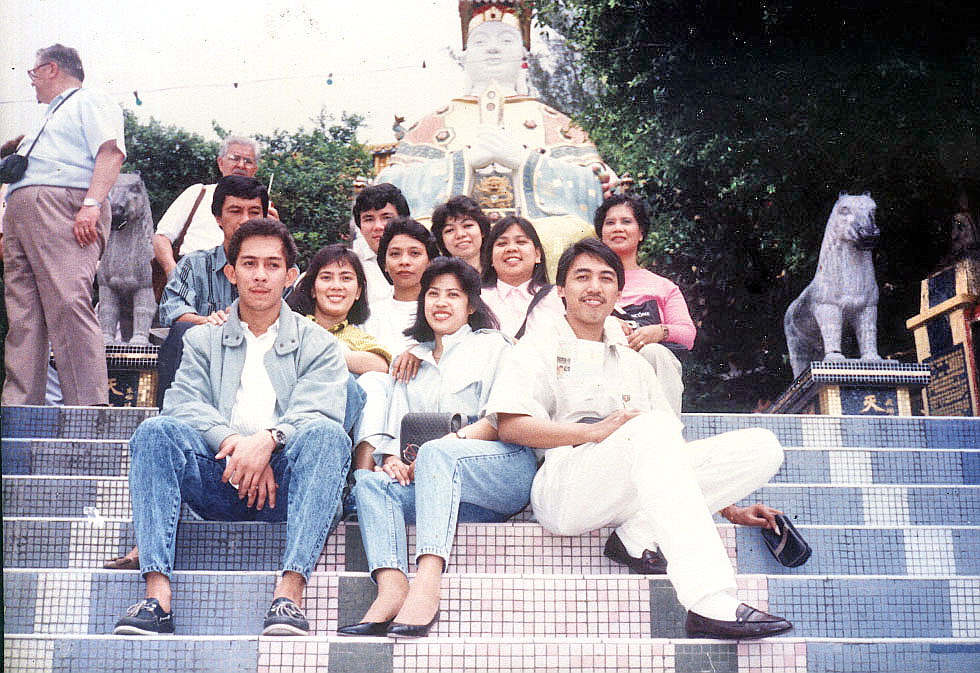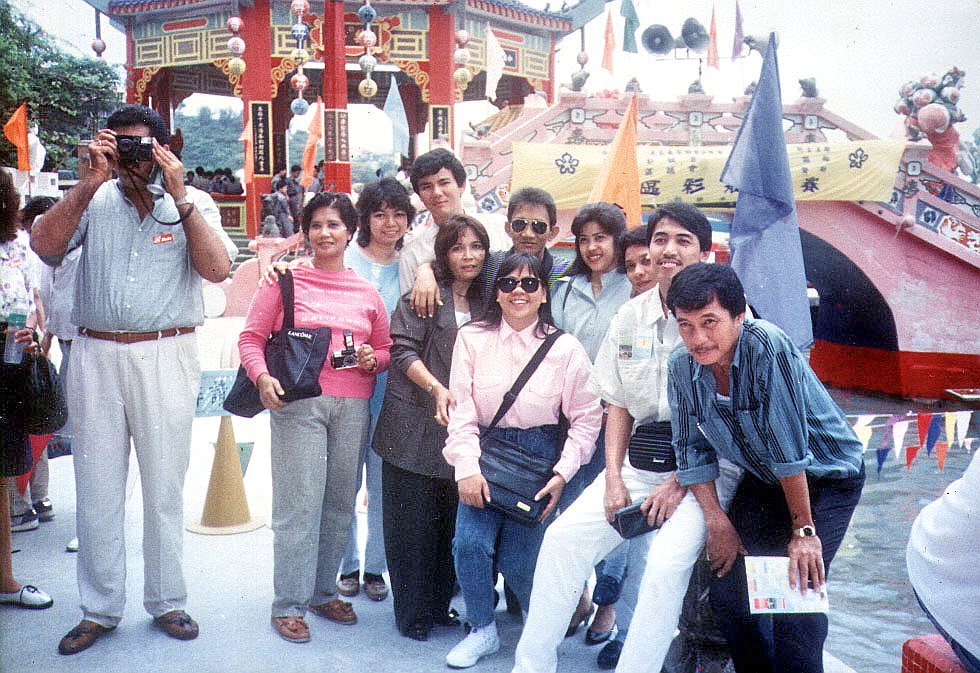Our next stop was the 80,000 s.m. Wat Pho (officially called Wat Phra Chetuphon Vimolmangklararm Rajwaramahaviharn), the largest and, technically, the oldest wat in Bangkok. Thailand’s first university, it is the birthplace of traditional Thai massage (stone walls have plaques inscribed with medical texts on Thai massage, dating from the reign of King Rama III).
The complex consists of 2 walled compounds bisected by Soi (Thai for “street”) Chetuphon which runs east to west. The southern walled compound, the Tukgawee, is a working Buddhist monastery, with monks in residence and a school.
The northern walled compound, the one opened to us tourists, includes the largePhra Uposatha, a bot (temple hall or main chapel) enclosed by 394 bronze Buddha images. Outside are 152 marble slabs depicting the second half of the epic Ramakian story.
Also near here are 4 chedis of Phra Maha Chedi Si Rajakarn, constructed to honor the first 3 Chakri kings (2 for King Rama III). Around the grounds are another 91 massive chedis, of varying sizes, along with chapels, rock gardens, an array of different types of statues, inscriptions, bell towers and resident fortune tellers. Nearby is a library, impressively decorated with figures, and pagodas made of porcelain.
Wat Pho is known, however, for its Reclining Buddha (Phra Buddhasaiyas), one of more than 1,000 Buddha images(the most in the country, mostly gathered from the ruins of the former capitals Ayuthaya and Sukhothai) in the temple.
Housed in the Vihara of the Reclining Buddha, this highly impressive, gold-plated Buddha, the world’s longest, is really huge, measuring 46 m. long, 15 m. high and is designed to illustrate the passing of the Buddha into nirvana. The soles of the feet and the eyes are engraved with mother-of-pearl decoration. The feet also show the 108 auspicious scenes in Chinese and Indian styles, all characteristics of the true Buddha.
Wat Pho: Phra Nakhon District, Bangkok, Thailand.


